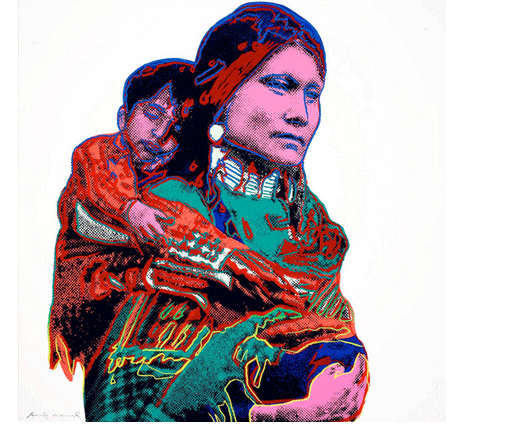 home
about
artists
exhibitions press
contact
purchase
home
about
artists
exhibitions press
contact
purchase |
|
|
|
ANDY WARHOL (1928-1987) Andy took his early material from comic strips and advertisements, which he found in tabloids like The National Inquirer and The Daily News. The artist concentrated on - at first hand painted - subjects of mass consumption and culture by isolating and monumentalising them, without using other objects in the background and without preliminary sketches. Warhol used a projector to put them on canvas. He made it plain and simple and therefore was able to create the icons of Pop Art. Pop art was an experimental form that several artists were independently adopting; some of these pioneers, such as Roy Lichtenstein, would later become synonymous with the movement. Warhol, who would become famous as the "Pope of Pop", turned to this new style, where popular subjects could be part of the artist's palette. His early paintings show images taken from cartoons and advertisements, hand-painted with paint drips. Those drips emulated the style of successful abstract expressionists (such as Willem de Kooning). Warhol's first pop art paintings were displayed in April 1961, serving as the backdrop for New York Department Store Bronwit Teller's window display. This was the same stage his Pop Art contemporaries Jasper Johns, James Rosenquist and Robert Rauschenberg had also once graced. Eventually, Warhol pared his image vocabulary down to the icon itself – to brand names, celebrities, dollar signs – and removed all traces of the artist's "hand" in the production of his paintings. To him, part of defining a niche was defining his subject matter. Cartoons were already being used by Lichtenstein, typography by Jasper Johns, and so on; Warhol wanted a distinguishing subject. His friends suggested he should paint the things he loved the most. It was the gallerist Muriel Latow who came up with the ideas for both the soup cans and Warhol's dollar paintings.... continue |
|
|
E-mail: info@hayhillgallery.com |
